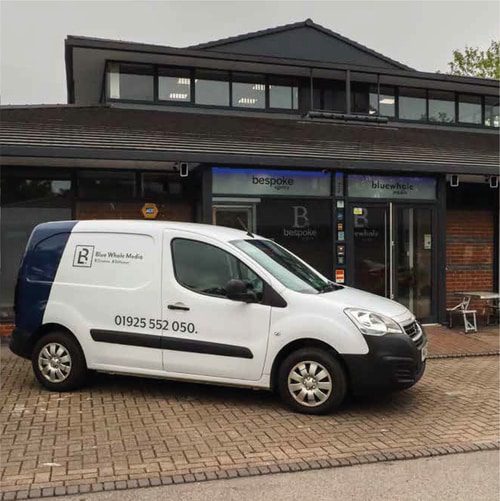
How To Optimise Blog Posts for Lead Generation
Imagine that you have just written a blog post. You have done your keyword research, used different headings, and included alternative text on that perfectly-sized featured photo. To put it another way, you have optimized your blog post to be found by search engines. You might have even reached the first page of search engine results pages! There is one problem, though, and that problem is a lack of leads.
No matter how optimized a blog post is, if it does not convert the people who read it, your efforts will be for naught. So, how do you turn visitors into loyal customers? What can you do to optimize your blog post for conversions? Keep reading to find out!
Answer Tough Questions
Targeting relevant keywords in your content will attract traffic to your website, but it might not be enough to generate leads. To do that, you need to gain your potential customer’s trust. No matter whether you are selling white label link building services for agencies or equipment for coffee shops, you need to connect with your target audience and appear as trustworthy as possible.
The first thing that you need to do to achieve this goal is to answer some tough questions your customers are asking. The majority of such questions are asked further into the buyer’s journey. They might be questions that your competition is unwilling to answer until they are talking with prospective buyers one-on-one.
Sometimes, the answers to such questions are uncomfortable or complicated, but by dodging the discomfort and answering them upfront, you are giving your target customer a reason to believe that you have their best interests at heart.
Choose the Right Topic
Search engine optimization does not mean a thing if you are writing about topics that are of no use to your buyers. With that in mind, make sure to write about topics they are interested in. You could identify such topics by using a tool like AnswerThePublic. It tracks questions being asked on Google and compiles them into easy-to-digest maps that you could use as a point of reference.
Alternatively, if you work for a company with a sales team, you could ask them to make a list of questions your prospective customers and clients ask on a regular basis. Then, you can turn those questions into article topics.
Develop a Content Map
Creating a content map is one of the best ways to give prospective buyers what they want at the right time in their buyer journey. It is where you can gather all the interesting topics that you have brainstormed and the blog posts and offers you have written around a certain topic and plan a logical path for your buyers to take.
To begin with, you have to divide your existing blog posts into the buyer’s journey stages, namely awareness, consideration, and decision. After that, decide what blog posts could move your readers from one stage to the next.
Having done that, you will be able to identify any gaps that you need to fill and the areas in which you have already made significant progress. With that knowledge, adding interesting topics to your content calendar and brainstorming new ones should become a whole lot easier.
Write a Powerful Introduction
In order to write content that converts, you need to hook the reader with a powerful introduction. You should show the reader that you understand them and connect with them on a more personal level. It can be done in just three steps.
- Identify the problem. Connect with the reader by showing them that you are familiar with the problem that they are trying to solve.
- Show your expertise. Provide the context of your blog post by telling the reader who you are and the reasons why you are able to solve their problem. It will provide the reader with a level of transparency, which will help you gain their trust.
- Make a promise. Give the reader a short preview of what the article is about, and tell them what the payoff is for reading it in its entirety.
In Conclusion
To sum up, while search engine optimization is crucial, it is not going to save the day when it comes to generating leads. For that to happen, you need your articles to have a powerful introduction and answer tough questions. Aside from that, it is important to choose the right topics and develop a solid content map.
By using the tips listed above, you should be able to reach your target customers with ease, keep them engaged, and encourage them to buy your products or services. Just keep in mind that there is always room for improvement. Even the best blog can be better, and adopting this mindset is the surest way to generate more leads!





